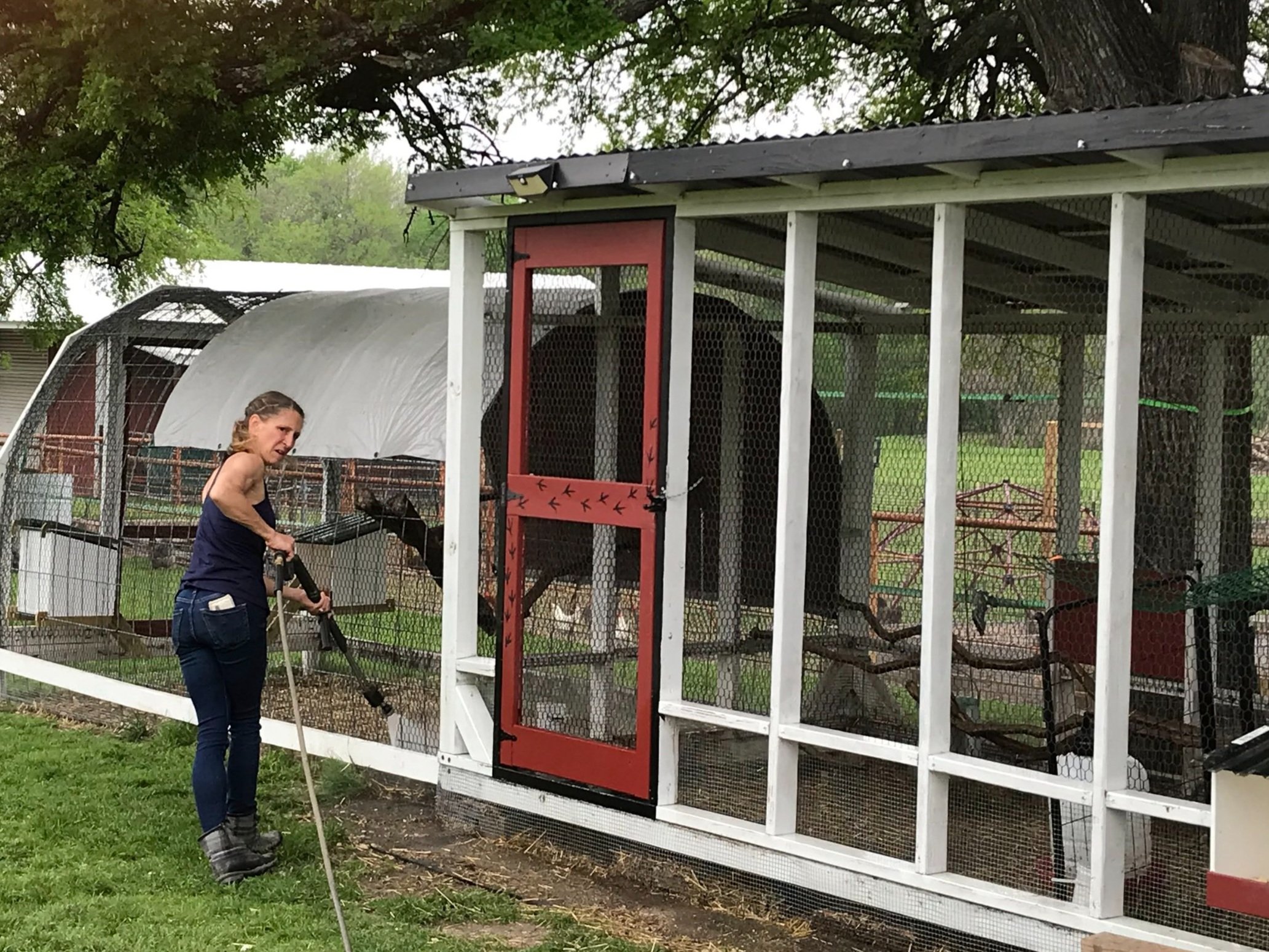
Backyard farming and small-scale animal keeping have exploded in popularity in recent years. Whether you have a small flock of chickens, a rabbit hutch, or even a goat pen, one thing is clear: cleanliness is essential for your animals’ health, comfort, and safety. 🐓🐐🐇
That’s where pressure washing comes in. While most people associate power washers with sidewalks and siding, they’re actually a highly effective tool for deep cleaning animal enclosures—if used properly.
In this article, we’ll explore the best practices for pressure washing chicken coops and other small animal enclosures, including tips to avoid damage and keep your animals safe. Let’s dive in! 💦
🐓 Why Pressure Washing Animal Enclosures Is Important
Animal enclosures—especially chicken coops—are a breeding ground for dirt, bacteria, parasites, and strong odors. Without regular cleaning, your animals can be exposed to:
- Harmful ammonia buildup from droppings
- Salmonella, E. coli, and other pathogens
- Infestations of mites, lice, and flies
- Moisture-driven problems like mold or wood rot
- Respiratory issues due to poor air quality
Pressure washing gives you a powerful and efficient way to eliminate grime, disinfect surfaces, and extend the life of your enclosure. It beats hand-scrubbing and gets into hard-to-reach corners.
🧰 Supplies You’ll Need
Before you begin, make sure you have the following tools and products:
✅ Pressure washer (1,200–2,000 PSI max)
✅ 25° or 40° spray nozzle
✅ Biodegradable, pet-safe disinfectant
✅ Scrub brush or broom
✅ Hose and water source
✅ Protective gloves and eye protection
✅ Fans or towels for drying
✅ Sealant (optional for wooden coops)
Always choose a disinfectant labeled safe for animals, such as products approved by the USDA or EPA for use in livestock housing.
Browse Amazon Here For Popular Pressure Washers And Accessories
🐣 Step-by-Step: Pressure Washing Your Animal Enclosure
Step 1: Relocate the Animals
Never pressure wash with animals nearby. Relocate chickens, rabbits, or other animals to a safe, shaded, and secure area. Make sure they have food and water while you work. 🐇
Step 2: Remove All Bedding and Equipment
Clear out:
- Feeders and waterers
- Nesting boxes (if removable)
- Toys, perches, and bedding
- Any loose droppings or debris
The more you remove before washing, the more effective the clean will be.
Step 3: Dry Scrape First
Before turning on your power washer, scrape or sweep away:
- Dried droppings
- Feathers
- Bedding stuck to corners or under perches
This prevents clogs and helps your pressure washer work more efficiently.
Step 4: Apply Cleaner
Use a diluted animal-safe disinfectant and spray it generously on all surfaces—walls, floors, roosting bars, and nesting areas. Let it dwell for 10–15 minutes to loosen grime and kill bacteria. 🧴
Avoid bleach—it’s too harsh, can linger in porous materials, and is toxic if ingested.
Browse Amazon Here For Eco-Friendly Pressure Washing Detergents
Step 5: Start Pressure Washing
Use a 25° or 40° nozzle for wider coverage and less risk of damage. Hold the nozzle about 12–18 inches from the surface and work in sweeping motions.
Focus on:
- Floorboards
- Roosts and perches
- Inner walls and ventilation screens
- Nest box interiors
💡 Tip: Start from the top and work your way down so grime is rinsed away.
Step 6: Spot Scrub Stubborn Areas
If certain spots don’t come clean with pressure alone, use a scrub brush or scraper to break up dried material. Then rinse again with the pressure washer.
Step 7: Rinse Thoroughly
Use clean water to rinse away all cleaner and debris. Double-check that no residue remains, especially around feeder areas or nesting zones.
⚠️ Safety and Maintenance Tips
- Don’t exceed 2,000 PSI—too much pressure can splinter wood or bend wire.
- Never power wash older or fragile enclosures without checking for stability.
- Avoid getting water inside light fixtures, electrical areas, or sealed seams.
- Always let the coop dry completely before reintroducing animals.
Moisture trapped in corners or under flooring can lead to mildew or respiratory illness.
🧼 Optional: Disinfect and Seal
Once the enclosure is dry, consider a second round of disinfectant misting. If you have a wooden structure, sealing the floorboards with a non-toxic sealant can help resist future buildup and make cleaning easier down the road. 🪵🛡️
📅 How Often Should You Pressure Wash?
The frequency depends on the type of animal and your climate:
- Chickens: Every 4–6 weeks in warm months
- Rabbits: Every 6–8 weeks or after major messes
- Goats or larger animals: Seasonally, or after storms
Spot clean weekly and use pressure washing as part of a deep-cleaning routine.
🧽 Final Thoughts
A clean coop or animal enclosure is a healthy one. With regular pressure washing and safe cleaning practices, you’ll keep your animals happier, healthier, and far more comfortable. You’ll also extend the lifespan of your coop materials and reduce the risk of disease or pest problems. 🧼🐔❤️
Just remember: keep the PSI low, use animal-safe products, and allow time for drying. Your furry and feathered friends will thank you.
Browse Amazon Here For Top Rated Power Washers And Accessories



